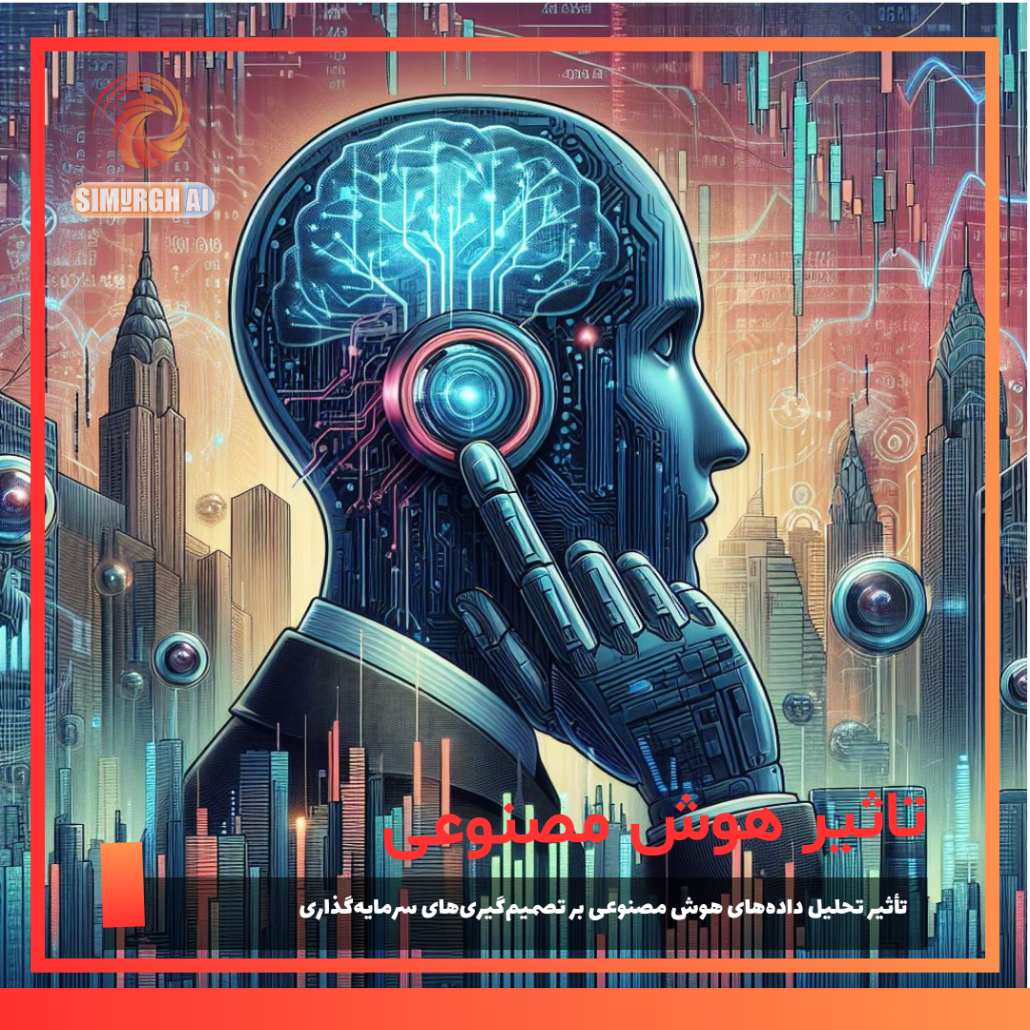The use of artificial intelligence is a crucial aspect that has been greatly enhanced by the remarkable growth of ChatGPT, symbolizing this new technological revolution.
Artificial intelligence works when you install software or applications on your system that utilize AI to perform tasks that would otherwise require human intervention, such as learning, reasoning, problem-solving, decision-making, and natural language processing.
Some common examples of AI software include chatbots, virtual assistants, recommendation engines, image and speech recognition software, and predictive analytics tools. There are many in this industry, and if you are looking to get started, this article covers ten of the top general AI software tools.
One standout among the best AI-powered website building tools is Hostinger. Its AI-based suite covers a variety of capabilities and makes website creation easy. Hostinger’s user-friendly interface, supported by AI, enables anyone to design and launch amazing websites. With Hostinger’s AI tools, you can enhance productivity, save time, and achieve significant results.

Common features of AI software can vary widely depending on the specific application and technology they utilize. Here are a few common and innovative features you can expect:
Machine learning algorithms are essentially what powers artificial intelligence. They often use complex algorithms to analyze data, learn from it, and make predictions or decisions based on that analysis.
Natural language processing (NLP) is a key component of many AI software tools, enabling them to understand and interpret human language, whether written or spoken.
Computer vision allows AI software to interpret and understand the content of visual data, such as images and videos, opening up a wide range of applications in fields like healthcare, automotive, and retail.
Predictive analytics uses AI to analyze data and make predictions about future events or outcomes, helping businesses make informed decisions and optimize their strategies.
These are just a few examples of the capabilities and features that AI software can offer, and the field is rapidly evolving with new advancements and innovations.

- TensorFlow:
The Perfect Machine Learning Framework for Newbies and Experts Alike. With its flexibility, scalability, and support for various tasks including deep learning, neural networks, and natural language processing, TensorFlow is widely used in industries such as healthcare, finance, and transportation. This software is designed to optimize performance with both CPUs and GPUs, allowing developers to build models using a variety of techniques. With its wide range of functions for building and training models, TensorFlow is easy to use and offers high-level APIs for quick testing and deployment. Best of all, it’s free to use!
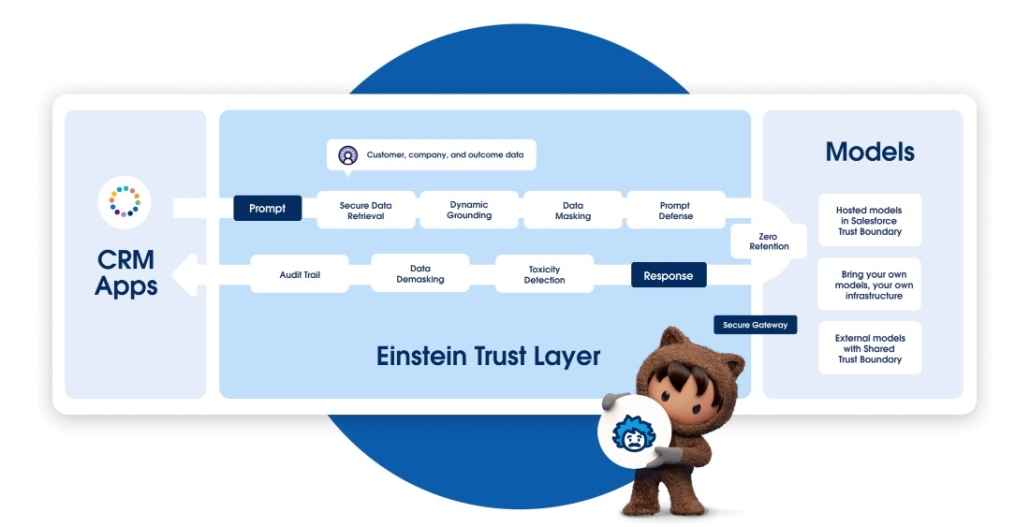
- Salesforce Einstein
Salesforce Einstein: Empower Your Business with AI-Driven Customer Insights and Automation. Salesforce Einstein is a robust software offering predictive analytics, natural language processing, and automation capabilities to enhance customer relationship management. With its predictive analytics, businesses can gain valuable insights into customer behavior, while its natural language processing feature automatically analyzes and classifies customer feedback. Additionally, automated task functions and personalization options contribute to increased productivity and customer satisfaction. However, the implementation and maintenance of Salesforce Einstein may require additional time and resources, and some users may find it challenging to use. Explore its potential with a 30-day free trial, and reach out to the company for custom pricing based on a pay-per-feature model.

- PyTorch
PyTorch: Empowering Researchers and Developers with Cutting-Edge Deep Learning Capabilities. As an open-source machine learning library developed by Facebook’s AI Research team (FAIR), PyTorch has garnered widespread acclaim for its user-friendly Pythonic API, making it an ideal choice for both novice and experienced developers. Its seamless integration with popular Python libraries like NumPy, SciPy, and Pandas facilitates data preprocessing and analysis. With applications spanning computer vision, natural language processing (NLP), and speech recognition, PyTorch supports diverse tasks including image classification, object detection, machine translation, and text generation. Best of all, PyTorch is freely available as open-source software, fostering a vibrant community of contributors and users.

- H2O.ai
H2O.ai: Empowering Businesses with Scalable and Efficient Machine Learning Solutions. Since its inception in 2012, H2O.ai has been a go-to software company for businesses seeking to build machine learning algorithms, including generalized linear modeling, deep learning, and gradient boosting. With its user-friendly interface, intuitive workflows, and distributed computing capabilities, H2O.ai’s platforms are well-suited for enterprise-level applications. Its optimized algorithms and active community of users, developers, and contributors ensure top-notch performance and support. While it’s important to evaluate your needs and goals, H2O.ai is an excellent choice for a flexible and powerful machine-learning platform. New users can take advantage of a 90-day free trial before switching to a per-feature pricing model. Contact the company for custom pricing.

- Infosys Nia
“Infosys Nia: Transforming Businesses with Advanced AI-Powered Cloud Solutions. Infosys Nia stands out as a leading AI-powered cloud-based platform, offering organizations advanced capabilities in machine learning, cognitive automation, and analytics. With features like natural language processing, image recognition, and predictive analytics, the platform empowers businesses to seize new opportunities and foster growth. Its robotic process automation, virtual agents, and knowledge management functionalities drive operational efficiency and enhance user experiences. Infosys Nia operates on a per-feature pricing model, and businesses can contact the company for custom pricing.”

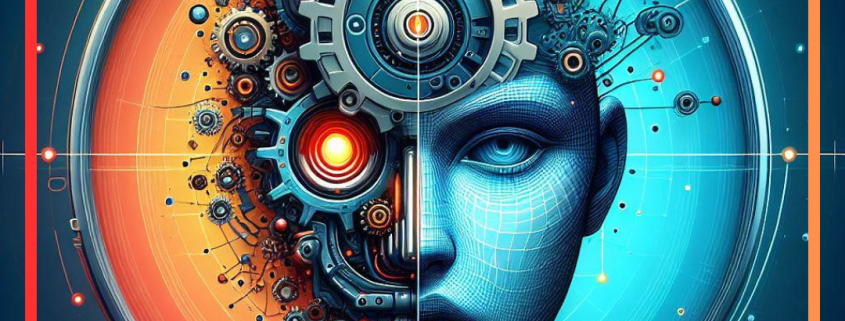

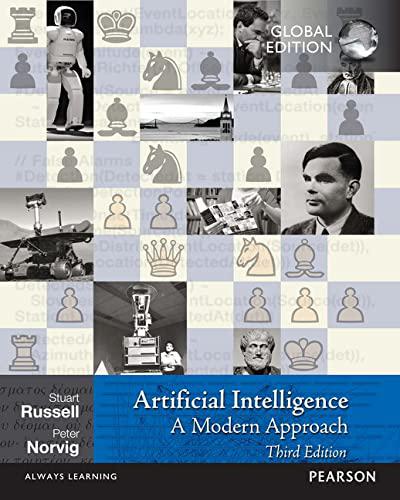
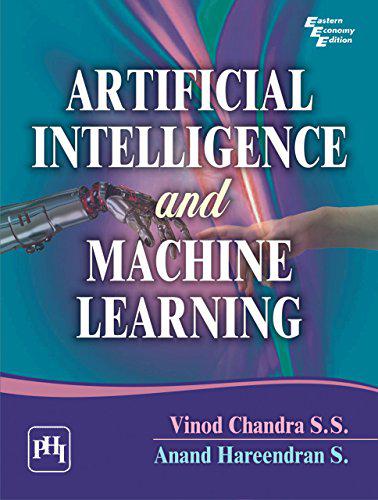
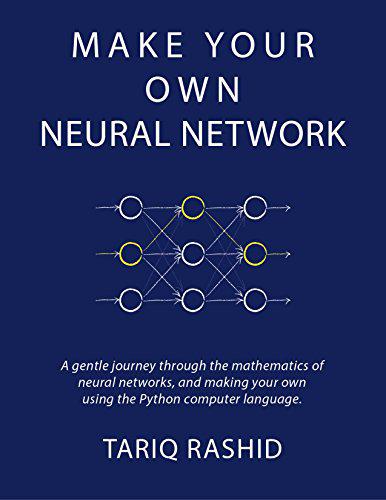
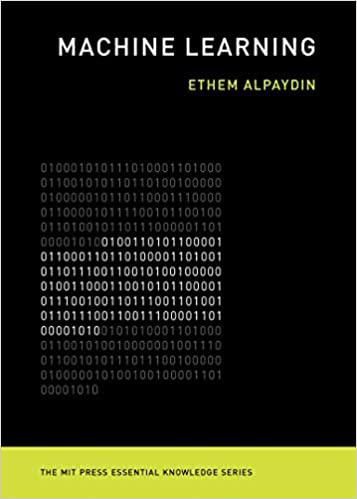
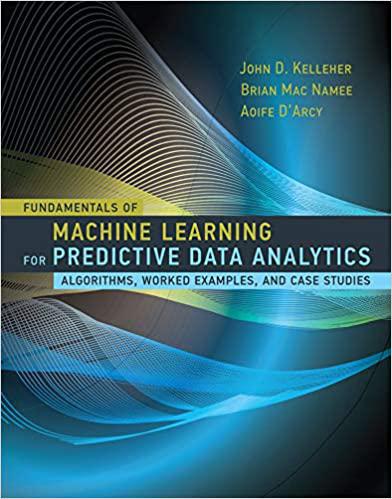
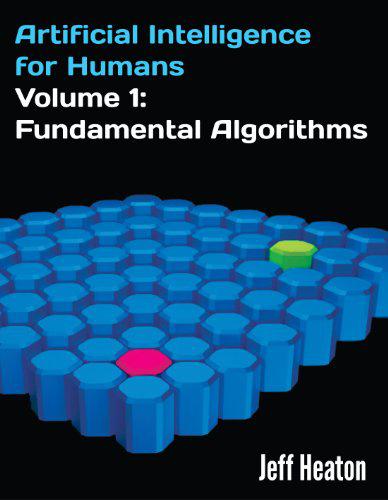
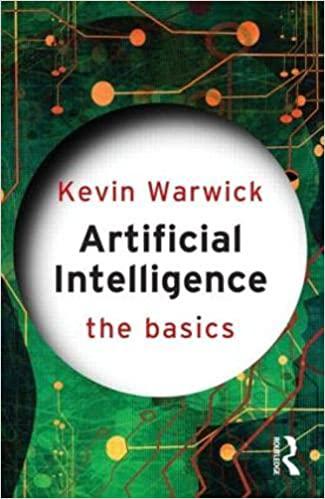
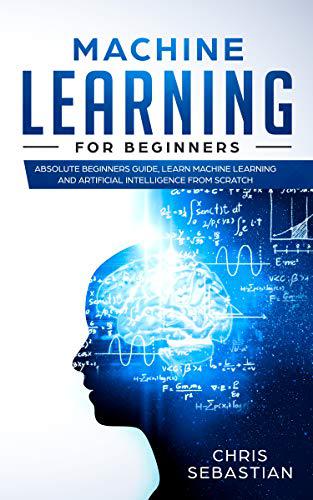
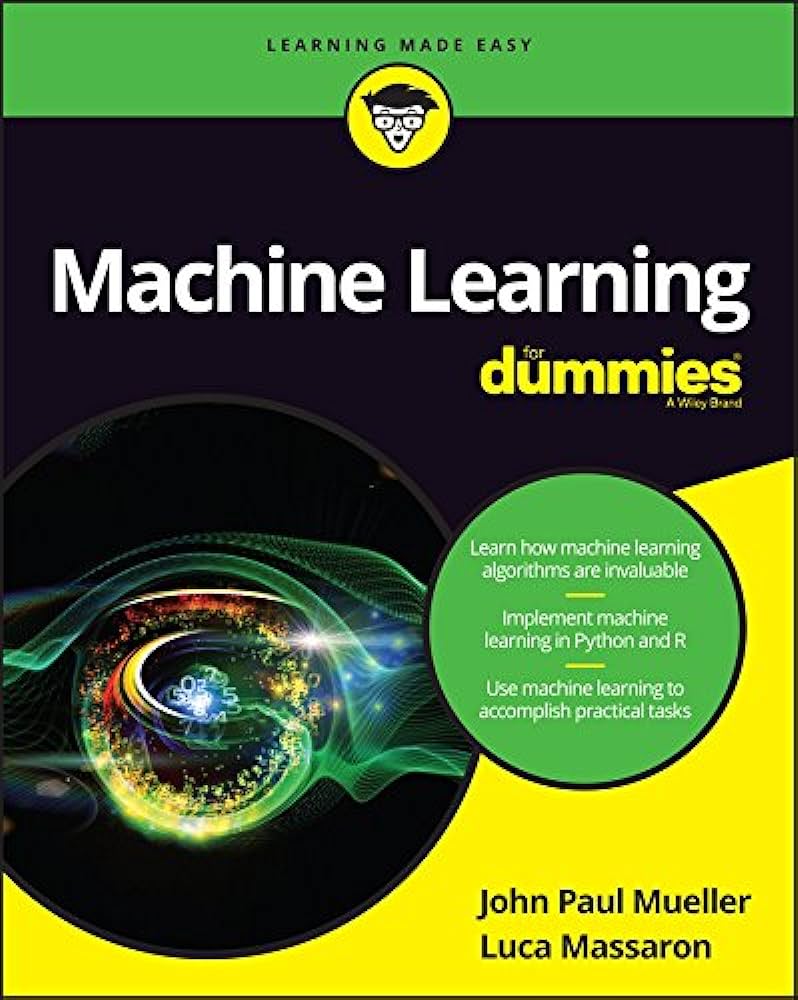

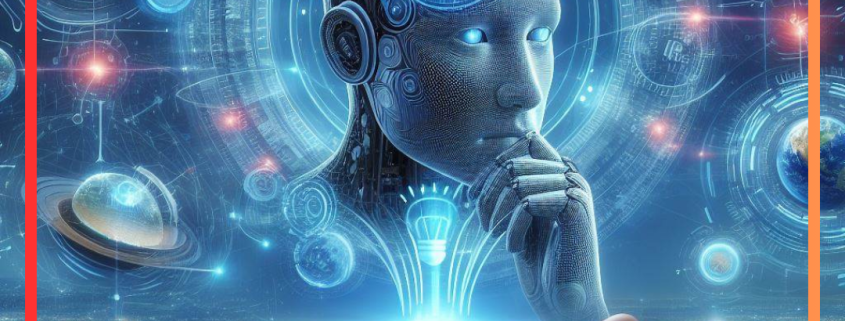 هوش مصنوعی سیمرغ SimurghAI
هوش مصنوعی سیمرغ SimurghAI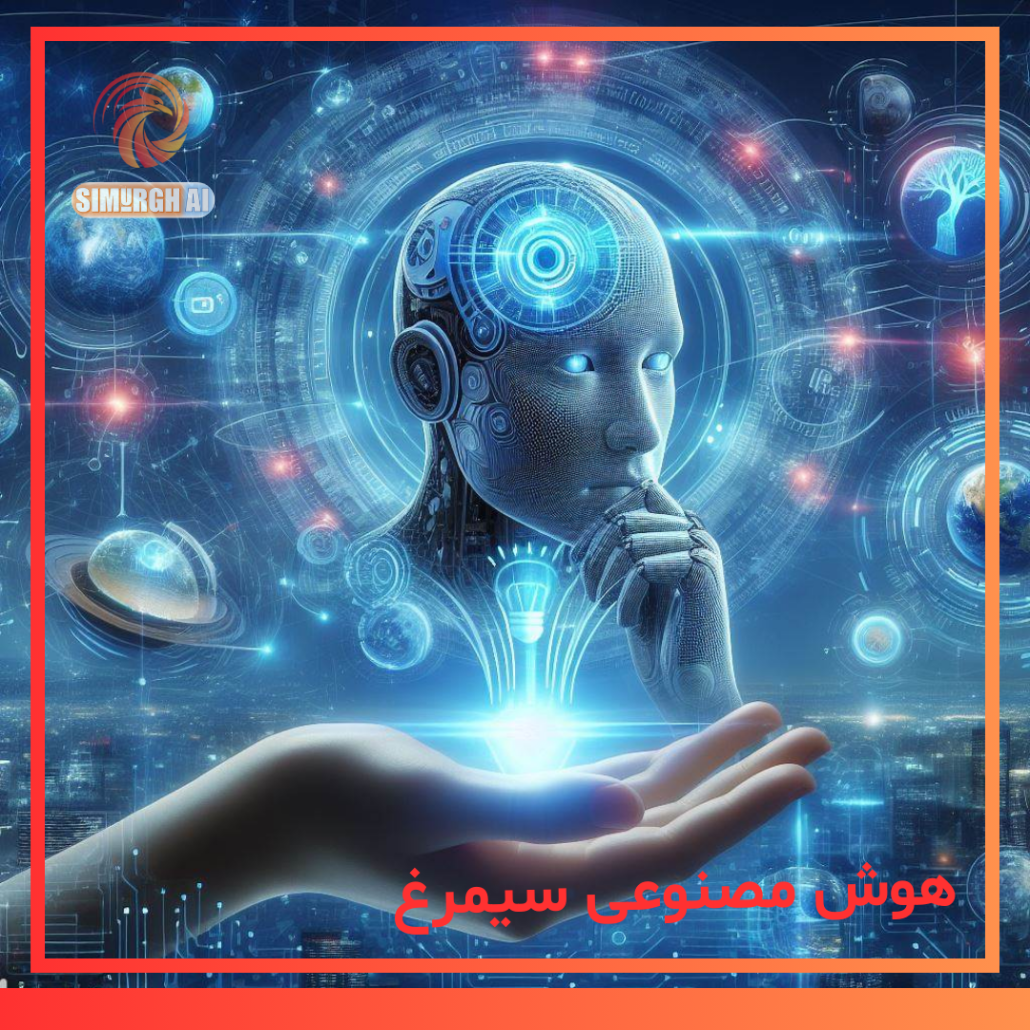
 هوش مصنوعی سیمرغ
هوش مصنوعی سیمرغ i,a lwk,ud
i,a lwk,ud
 سایت هوش مصنوعی سیمرغ
سایت هوش مصنوعی سیمرغ هوش مصنوعی سیمرغ | Simurgh AI
هوش مصنوعی سیمرغ | Simurgh AI
